Preparing for Hurricane Season
Hurricane season can be a daunting time of year, but preparation is key to safeguarding your family, property, and peace of mind. Hurricanes are among the most destructive natural disasters, capable of bringing torrential rain, powerful winds, and storm surges that devastate entire regions. However, with a comprehensive plan in place, you can reduce the risks and weather the storm with confidence.
This guide will cover everything you need to know about preparing for hurricane season, from understanding the risks to taking proactive measures before, during, and after a storm.
Understanding Hurricane Season
Hurricane season occurs annually, with peak activity from June through November in the Atlantic and May through November in the Pacific. These storms can develop rapidly, so it’s crucial to stay informed about the weather patterns in your area.
Key Hurricane Risks
- Storm Surge: The abnormal rise in seawater levels caused by a storm’s winds can lead to severe flooding, especially in coastal areas.
- High Winds: Hurricanes can produce sustained winds over 150 mph, capable of toppling trees, damaging buildings, and downing power lines.
- Heavy Rainfall: Torrential rain can cause flash flooding and overwhelm drainage systems.
- Tornadoes: Hurricanes often spawn tornadoes, which can compound the damage.
Who is at Risk?
Regions along the Gulf Coast, Eastern Seaboard, and certain Pacific coastal areas are most vulnerable. However, even inland areas can experience significant flooding and wind damage.
Before the Storm: How to Prepare
Preparation begins long before hurricane season starts. A proactive approach can minimize damage, protect lives, and ensure a smoother recovery.
1. Create a Hurricane Preparedness Plan
A solid plan ensures everyone in your household knows what to do before, during, and after a hurricane.
- Evacuation Routes: Familiarize yourself with local evacuation routes and shelters.
- Family Communication Plan: Establish a system for staying in touch if separated, including out-of-town emergency contacts.
- Special Needs: Plan for pets, elderly family members, or anyone with medical needs.
2. Build an Emergency Kit
Your emergency kit should sustain your family for at least 72 hours. Include:
- Bottled water (one gallon per person per day)
- Non-perishable food
- Flashlights and extra batteries
- First aid supplies and medications
- Important documents in a waterproof container
- Portable phone chargers
- Cash in small denominations
- Tools like a multi-purpose knife or wrench
- Personal hygiene items and face masks
3. Secure Your Home
Protecting your property reduces the risk of damage during a hurricane.
- Reinforce Windows and Doors: Install storm shutters or cover windows with plywood.
- Inspect the Roof: Repair loose shingles and secure the roof structure.
- Trim Trees: Remove dead branches and trim limbs near your home to prevent them from becoming projectiles.
- Clear Gutters: Ensure proper drainage to minimize water accumulation.
- Anchor Outdoor Items: Secure patio furniture, grills, and other loose objects.
4. Review Insurance Coverage
Hurricane damage can be costly, but the right insurance can help you recover.
- Verify your policy covers wind and flood damage, as these are often separate.
- Document your belongings with photos and receipts to facilitate claims.
- Consider additional coverage if you live in a high-risk area.
5. Stay Informed
Stay ahead of the storm by monitoring reliable weather sources.
- Sign up for emergency alerts from local authorities.
- Familiarize yourself with hurricane categories and warnings issued by the National Hurricane Center.
During the Storm: Staying Safe
When a hurricane is imminent, safety becomes the top priority. Follow these guidelines to protect yourself and your family.
1. Follow Evacuation Orders
If local officials issue an evacuation order, leave immediately. Delaying could put your life at risk as roads become impassable and emergency services become overwhelmed.
- Bring your emergency kit and important documents.
- Plan your route ahead of time and notify someone of your destination.
2. Shelter in Place
If evacuation isn’t required, take shelter in a secure area of your home.
- Stay in an interior room without windows on the lowest level.
- Avoid using candles or open flames, as gas leaks are possible.
- Monitor the storm’s progress through a battery-powered radio or reliable apps.
3. Be Ready for Power Outages
Hurricanes often cause widespread power outages, so prepare to function without electricity.
- Use flashlights for lighting instead of candles.
- Turn off major appliances to prevent power surges when electricity is restored.
- Keep refrigerators and freezers closed to preserve food.
4. Avoid Floodwaters
Floodwaters can hide dangerous debris, downed power lines, or contaminants.
- Do not walk or drive through flooded areas. Just six inches of moving water can knock you over, and one foot can sweep away vehicles.
After the Storm: Recovery and Resilience
The aftermath of a hurricane can be overwhelming, but following a recovery plan will help you rebuild safely and efficiently.
1. Wait for the All-Clear
Even if the storm appears to have passed, wait for official confirmation from authorities before venturing outside.
- Be cautious of hazards like fallen power lines, damaged trees, and unstable structures.
2. Document the Damage
Thorough documentation is essential for insurance claims and repairs.
- Take photos or videos of all visible damage to your property, including roofs, walls, and personal belongings.
- Create a detailed inventory of damaged items, including their value.
3. Contact Your Insurance Company
Begin the claims process as soon as possible.
- Provide your insurer with all necessary documentation and follow their instructions.
- Be prepared for an adjuster to inspect the damage.
4. Start Repairs Safely
Address immediate hazards first to prevent further damage.
- Cover roof leaks with tarps and board up broken windows.
- Use professional contractors for major repairs and ensure they’re licensed and insured.
5. Seek Assistance if Needed
Hurricane recovery can be a long and expensive process, but help is available.
- Reach out to local disaster relief organizations for financial aid or shelter.
- Work with restoration experts, like Disaster South, to streamline recovery and ensure your property is restored safely.
Year-Round Hurricane Preparedness
Hurricane preparation doesn’t end when the storm season does. By maintaining readiness throughout the year, you’ll be better equipped to handle whatever comes your way.
1. Conduct Post-Season Reviews
Evaluate your hurricane plan after the season ends.
- Identify what worked well and what needs improvement.
- Update your emergency kit and replace expired items.
2. Strengthen Your Home
Consider long-term improvements to enhance your property’s resilience.
- Elevate your home if it’s in a flood-prone area.
- Upgrade to hurricane-resistant windows and doors.
- Reinforce your roof and consider installing storm-resistant materials.
3. Stay Educated
The more you know about hurricanes, the better prepared you’ll be.
- Attend local preparedness workshops or webinars.
- Stay informed about advances in weather prediction and disaster resilience.
Why Preparation Matters
Hurricanes are unpredictable, but preparation gives you control over how you respond. Taking steps now to protect your home and loved ones can save lives, reduce costs, and minimize stress when a storm strikes.
At Disaster South, we understand the challenges hurricanes bring. From preparation to recovery, our team is here to guide you every step of the way. Whether you need help securing your property or restoring it after a storm, we have the expertise and compassion to get you back on track.
Prepare Today for a Safer Tomorrow
Don’t wait for the next hurricane to catch you off guard. Start preparing now to ensure you’re ready for anything. Contact Disaster South today for expert advice, reliable services, and the peace of mind that comes with knowing you’re protected.

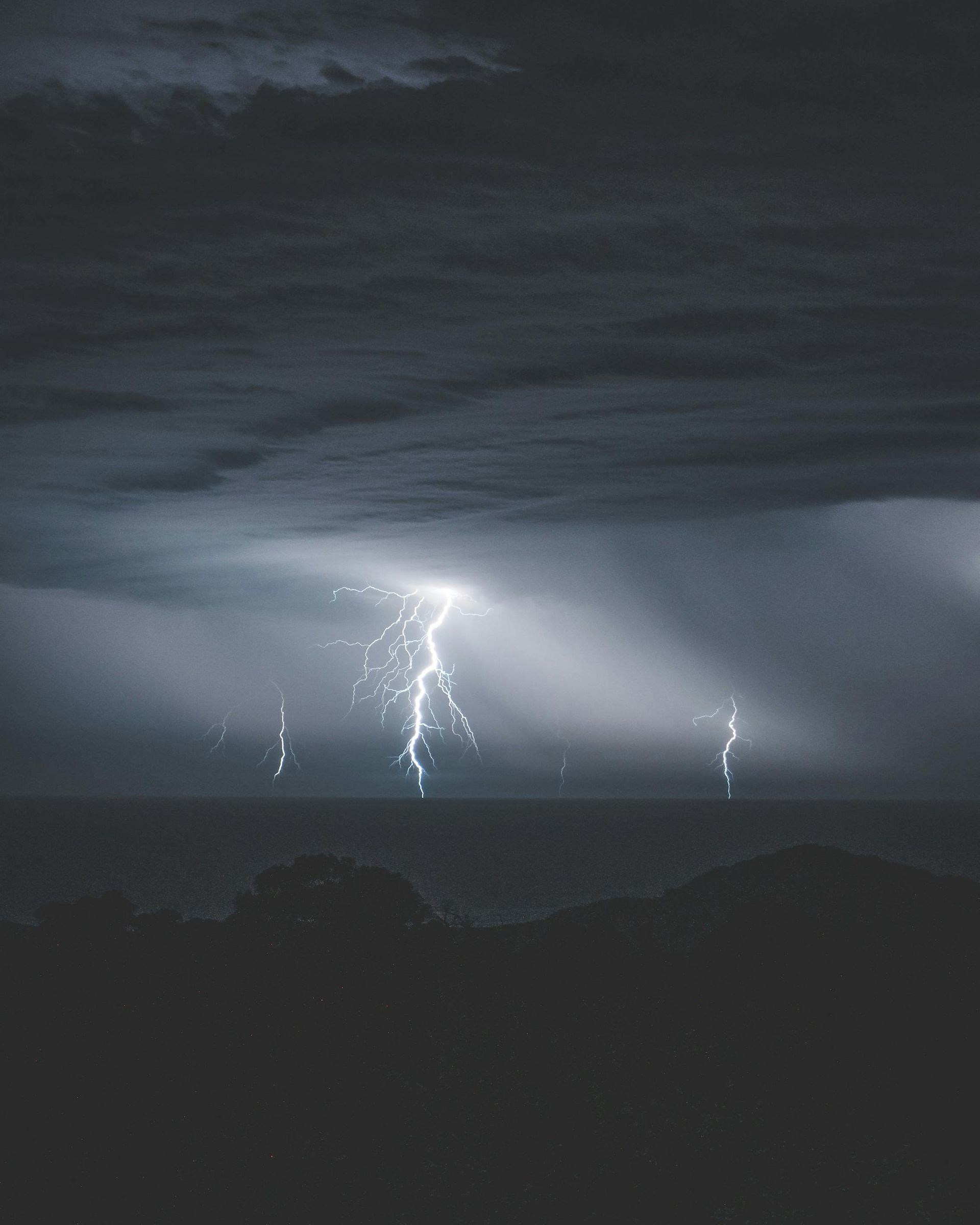
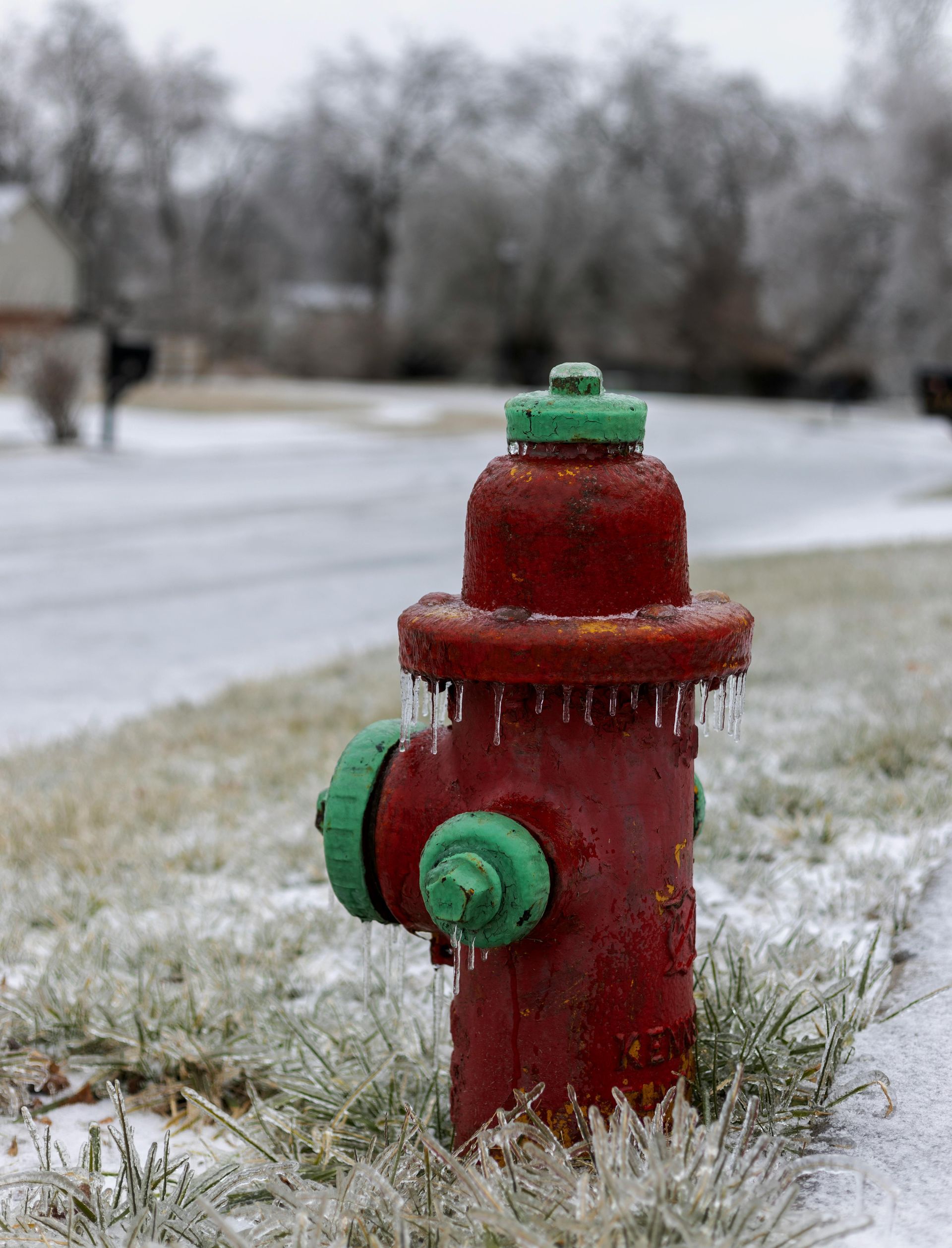
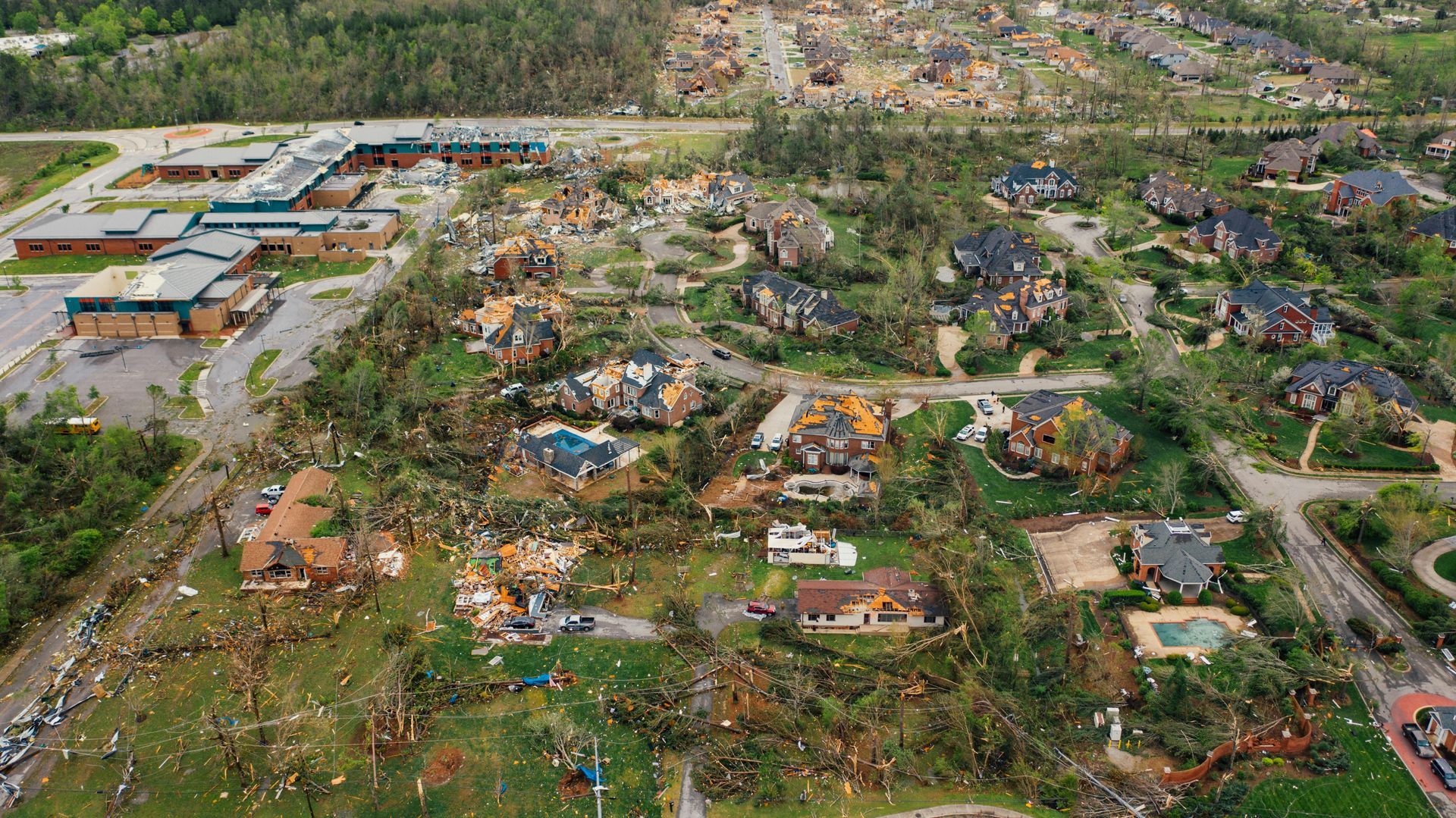

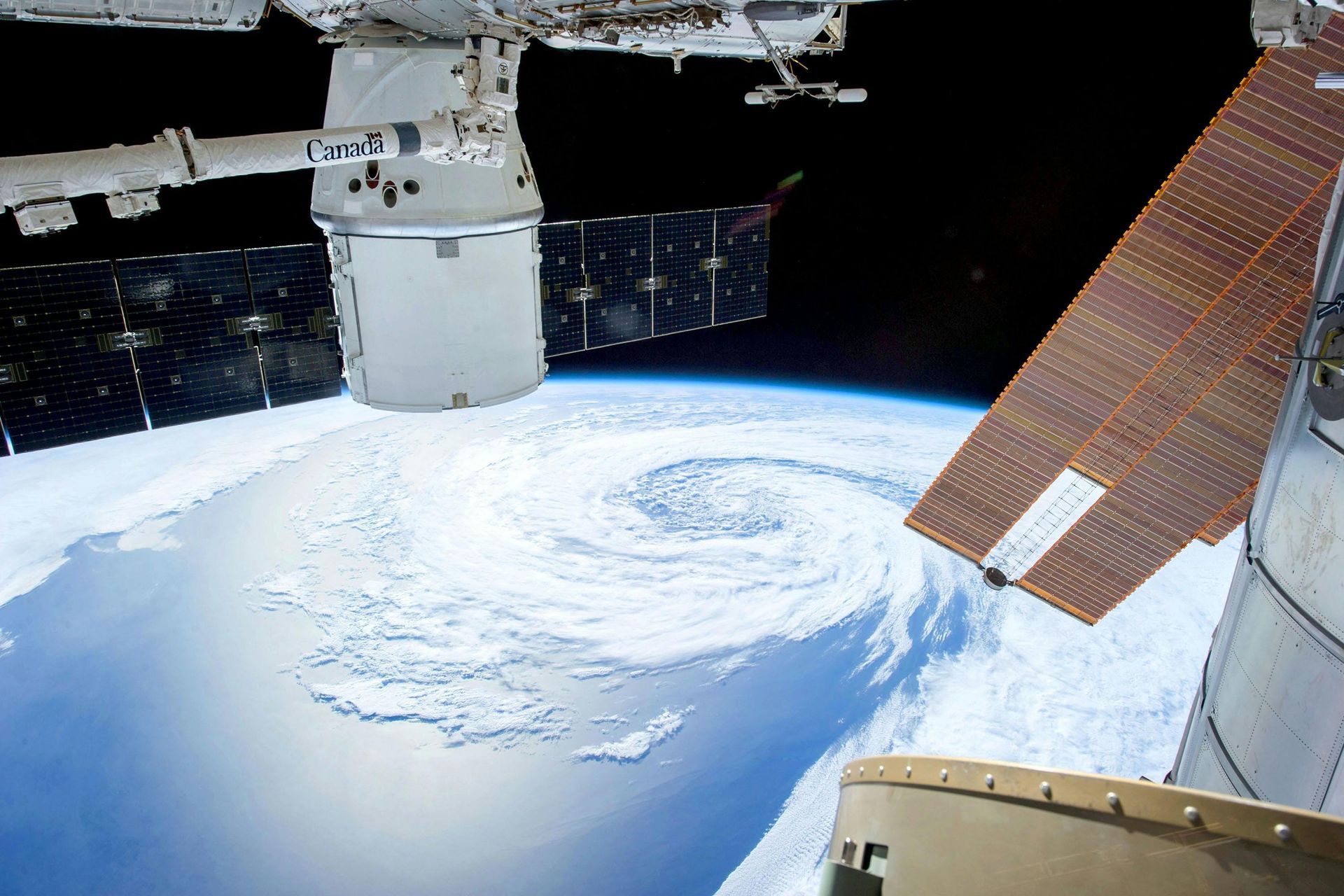
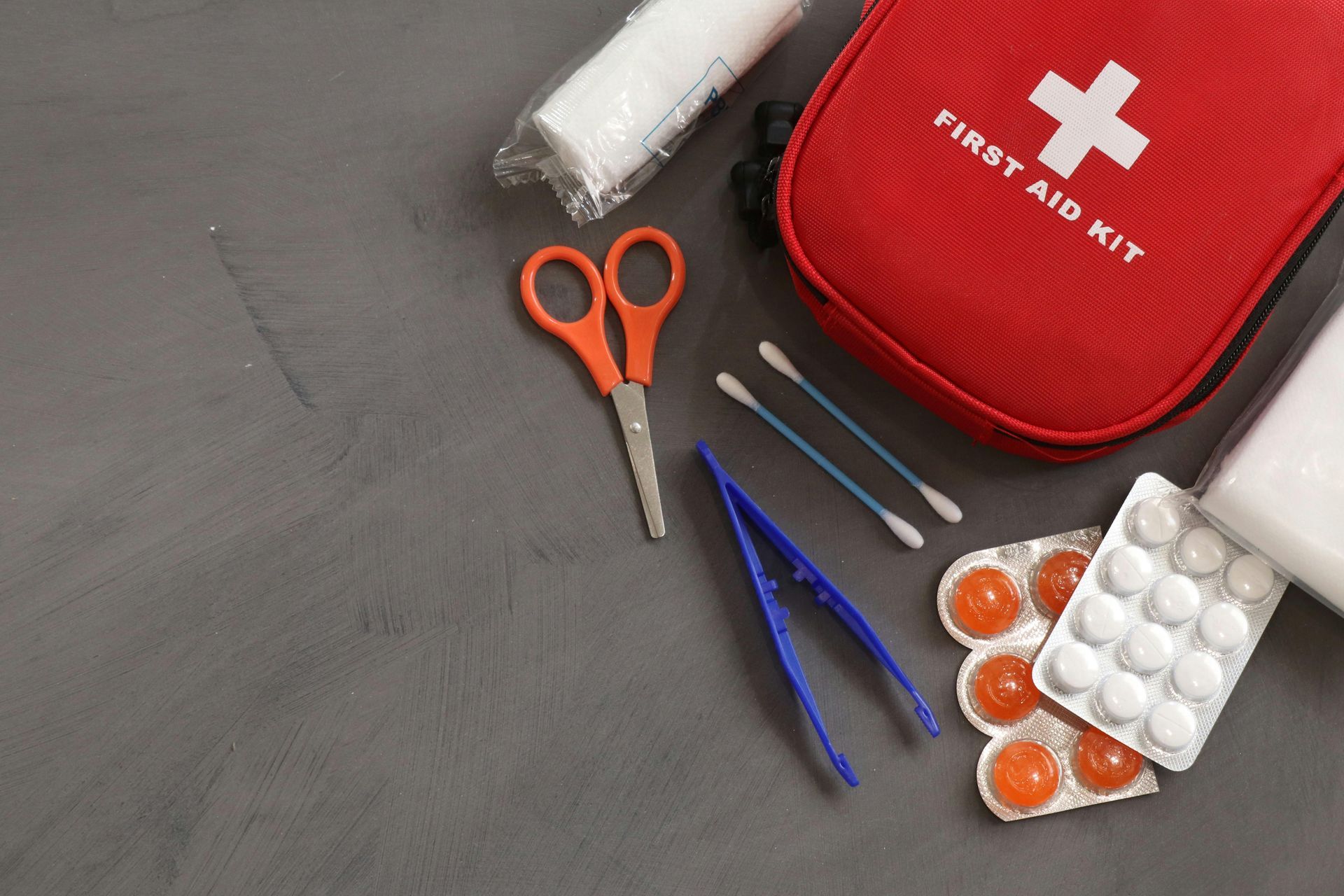
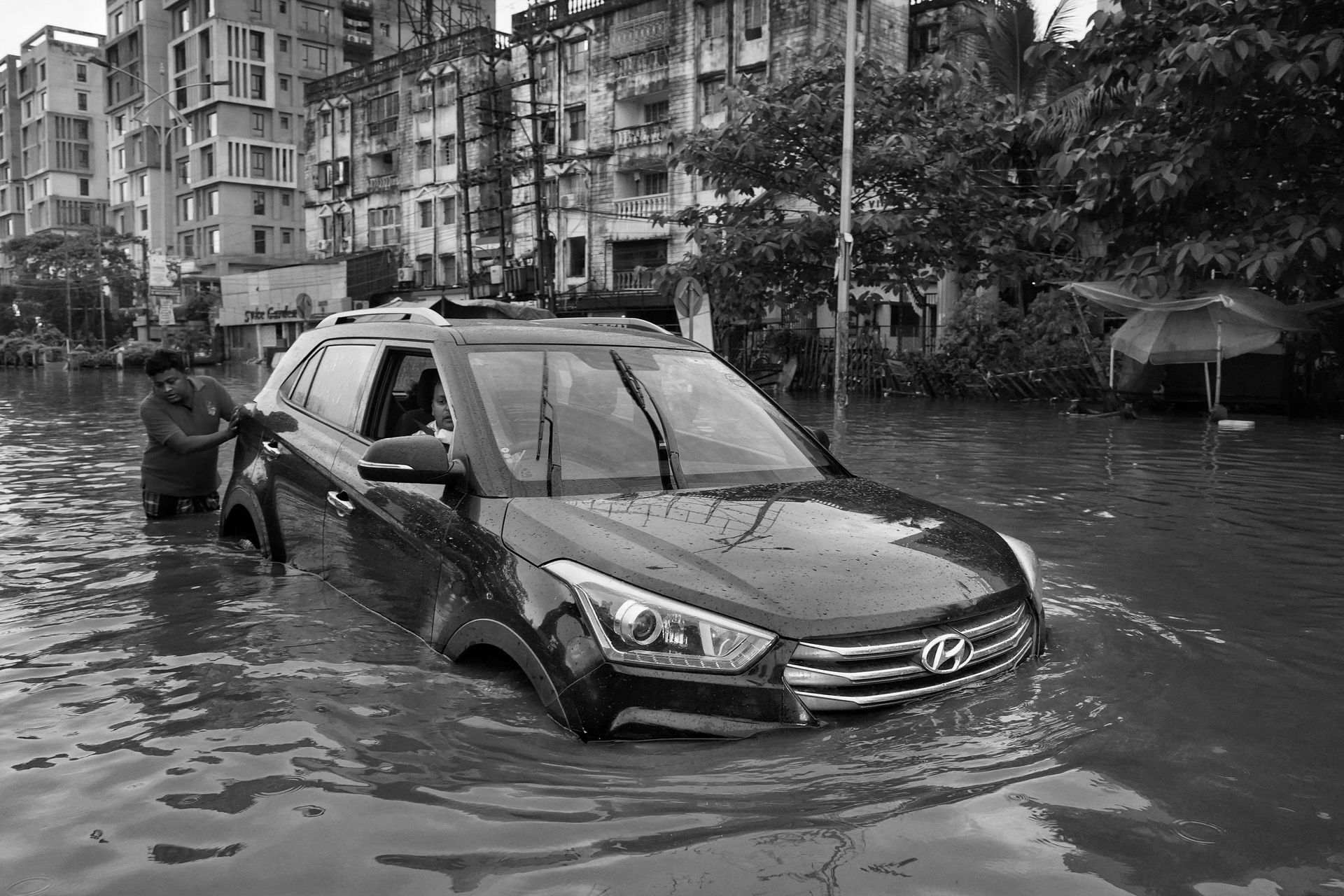

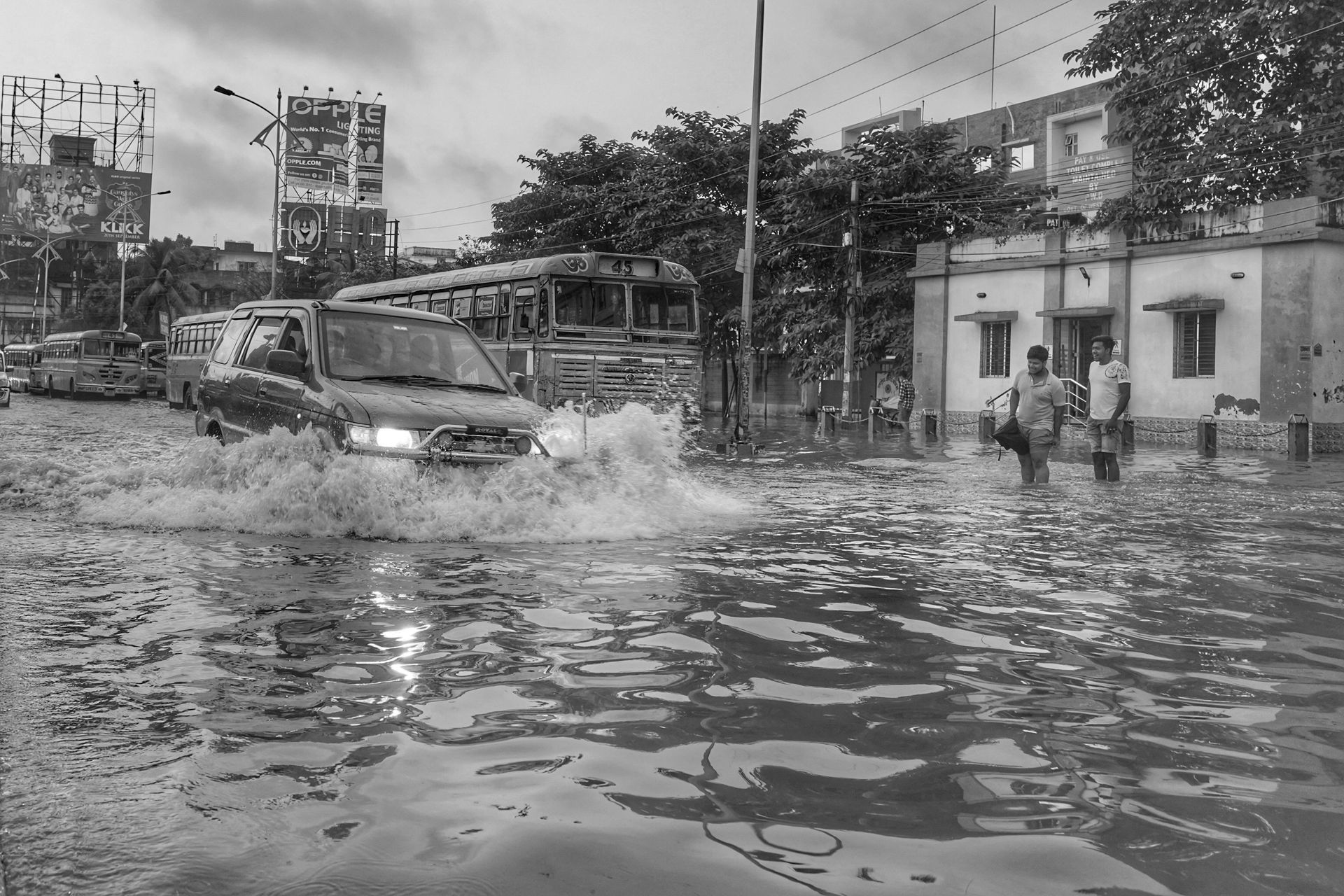
It’s Time to Restore Your Property, Reclaim Your Life, and Get Back to What Matters Most
All Rights Reserved | Disaster South